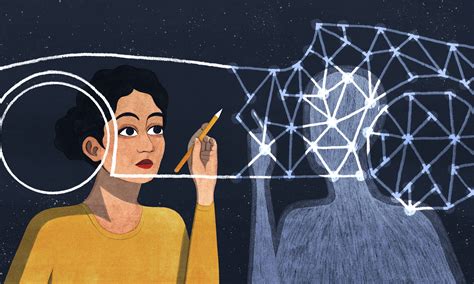NFTs at the intersection of creativity and technology
In recent years, non-fungible tokens (NFTs) have revolutionized the way artists, musicians, writers, and creatives present their work online. With the rise of blockchain technology and the growing demand for unique digital artworks, NFTs have become a new frontier for artistic expression.
What are NFTs?
NFTs are digital assets that represent ownership of a unique item, such as an image, video, or piece of music. Unlike traditional cryptocurrencies like Bitcoin, which are decentralized and not directly tied to physical assets, NFTs are stored on the blockchain, making them secure and verifiable.
The interface between creativity and technology
The intersection of creativity and technology in NFTs has created a new paradigm for artistic expression. Artists and creatives can now harness the power of technology to create unique digital artworks that can be bought, sold, and traded like traditional goods.
Blockchain as a canvas
Blockchain technology provides a decentralized platform for storing and managing NFTs, allowing artists to retain creative control over their work while ensuring transparency and security. The decentralized nature of the blockchain allows artists to collaborate with others in real time without the need for intermediaries or third-party services.
Art created by AI
Artificial intelligence (AI) is increasingly being used in conjunction with human creativity in NFTs, resulting in stunning artworks that combine the best of both worlds. AI algorithms can create original images, music, and videos that are tailored to the artist’s unique style and preferences.
For example, digital artist Joshua Davis uses AI-powered tools to create surreal and fantastical landscapes, which he then sells as NFTs on his website. The process involves feeding a specific keyword or prompt into an AI algorithm, which creates a unique image based on that input. This allows artists like Davis to create multiple identical images of their work, each with its own unique characteristics.
Music and Sound Art
The intersection of technology and creativity in NFTs has also led to innovative music and sound art projects. Music producers can use AI-powered tools to create original sounds, beats, or melodies tailored to a specific style or genre. These AI-generated pieces can then be sold as NFTs on online marketplaces.
For example, musician and producer J Dilla has used AI-generated samples in his music to create unique and innovative soundscapes that are now in high demand among hip-hop collectors and fans. His work demonstrates the potential of technology to enhance human creativity and expression.
The Rise of NFT Culture

NFTs have created a new culture around digital art and collectibles, with artists and enthusiasts demanding unique items for their collections. Social media platforms like Twitter and Instagram have become gathering places for NFT enthusiasts to share their favorite works, collaborate with other collectors, and discuss the latest trends and releases.
The rise of NFTs has also led to new business models and revenue streams for artists, galleries, and collectors. Online marketplaces like OpenSea and Rarible allow buyers to buy and trade NFTs directly from creators, bringing a new level of transparency and accountability to the process.
Conclusion
The intersection of creativity and technology in NFTs has created a vibrant and innovative art market that celebrates human imagination and innovation. As technology continues to evolve and blockchain-based platforms improve, we can expect even more exciting developments in this area.